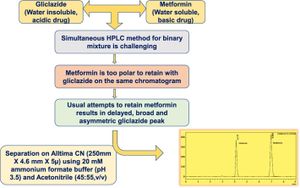Accurately predicting calving time is becoming increasingly important for optimizing livestock management and ensuring animal welfare. Recently, researchers have developed an innovative automated system aimed at classifying cattle and predicting their calving times based on individual behaviors observed through 12-hour movement data.
This system efficiently categorizes cattle as either abnormal, which indicates they require human assistance during calving, or normal, meaning they can calve without help. Through the use of advanced deep learning techniques, particularly the YOLOv8 model for precise cattle detection, the researchers were able to filter out extraneous elements such as human activity and vehicles from their data. According to the study, the goal of this technology is to make real-time monitoring of cattle behavior more effective and to facilitate timely human intervention when necessary.
Conducted at the Honkawa Ranch located in Oita Prefecture, Japan, the new system tracks all 20 cattle continuously for 12 hours, achieving up to 99% accuracy overall. The Customized Tracking Algorithm (CTA) ensures continuous identity tracking for each cow, thereby enabling accurate re-identification even during the occlusions—a common challenge faced during extended tracking periods.
The researchers extracted three movement features: Total Euclidean Distance (TD), Total Magnitude of Acceleration (TA), and Total Moving Average of Triangle Area (TMA), which were compared to classify cattle as either abnormal or normal. For predicting calving times, three cumulative movement features were utilized: Cumulative Euclidean Distance (CD), Cumulative Magnitude of Acceleration (CA), and Cumulative Moving Average of Triangle Area (CMA). Each of these features played a significant role, with the CD feature leading to predictions within the next 6 hours, indicating its reliability.
Importantly, predicted calving times are not only useful for immediate action but also contribute to optimizing resource allocation on the farm. This research is particularly significant as it demonstrates the capability of technology to aid farmers by providing timely assistance, which is pivotal for ensuring the health and safety of both cows and calves.
With regards to classification, the TD feature achieved 100% accuracy, showcasing its effectiveness at discerning the need for intervention. TA and TMA followed with accuracies of 95% and 85%, respectively, which could be influenced by various environmental factors—an area noted for future research improvement.
Overall, the integration of automated monitoring systems like this shows great promise for transforming livestock management practices. The ability to predict calving times and classify the status of individual cattle enhances animal welfare, improves overall productivity, and allows farmers to prepare adequately for the practicalities of calving.
This automated system signifies progress not just for technology within agriculture but also for advancing the overall knowledge base concerning cattle management and care. The results underline the continued necessity for refinement and expansion of datasets, which the researchers plan to pursue to enable even more accurate predictions and classifications.
The researchers concluded by emphasizing the importance of adopting multi-metric approaches to optimize predictions across various farm environments and cattle behaviors. This indicates the potential for broad applications across the agriculture sector, paving the way for future innovations and improvements.



